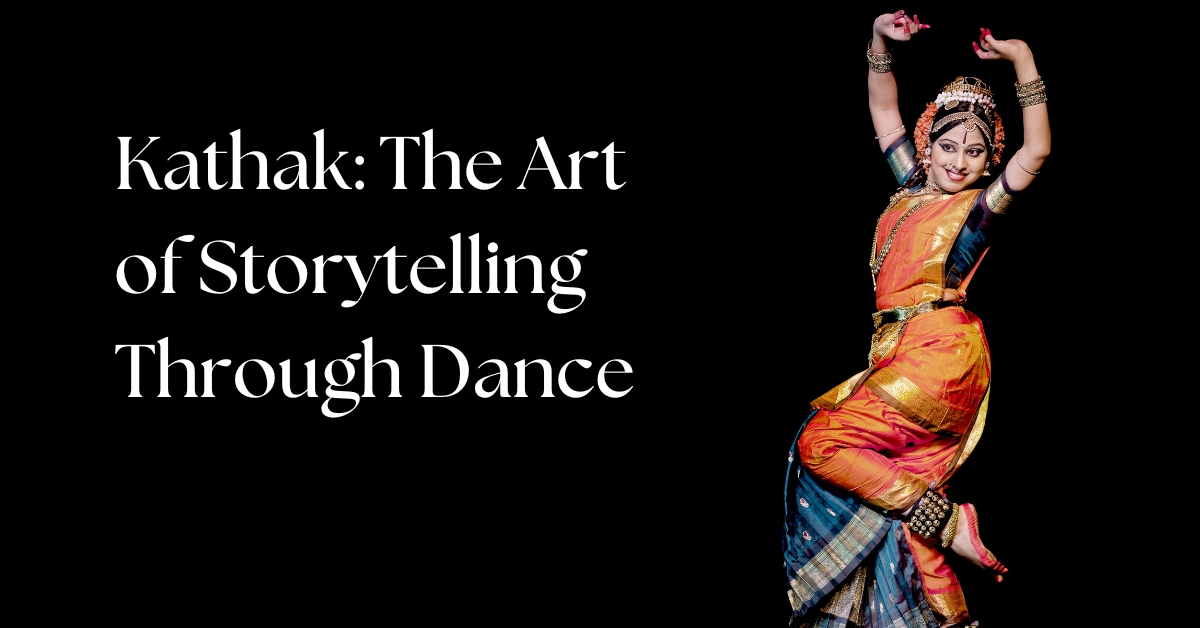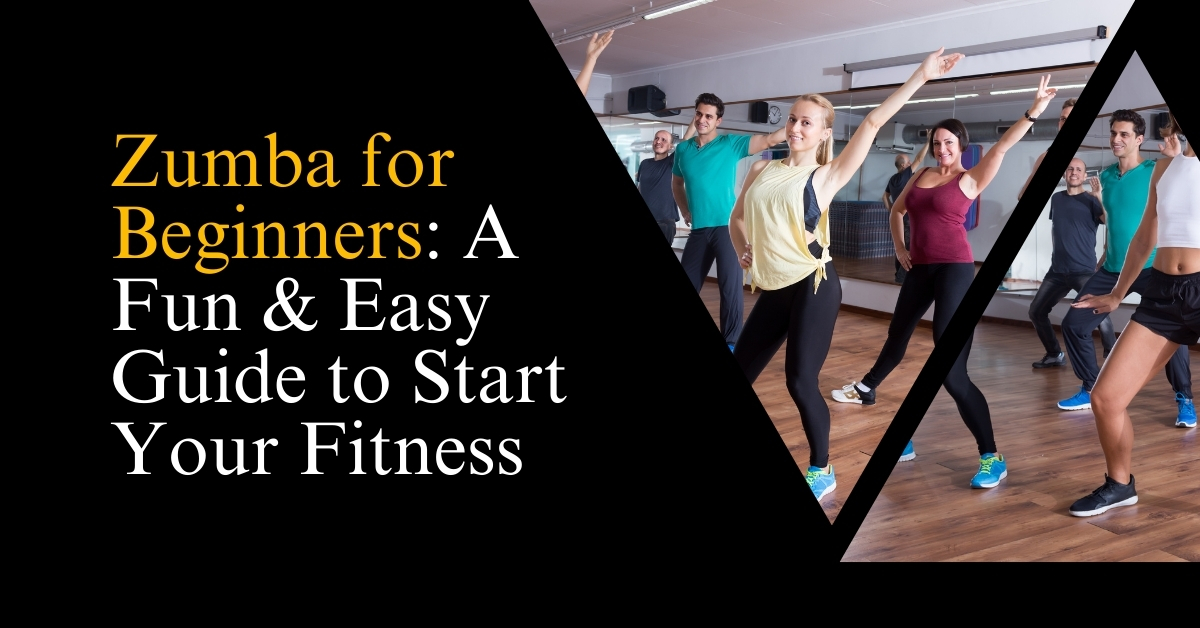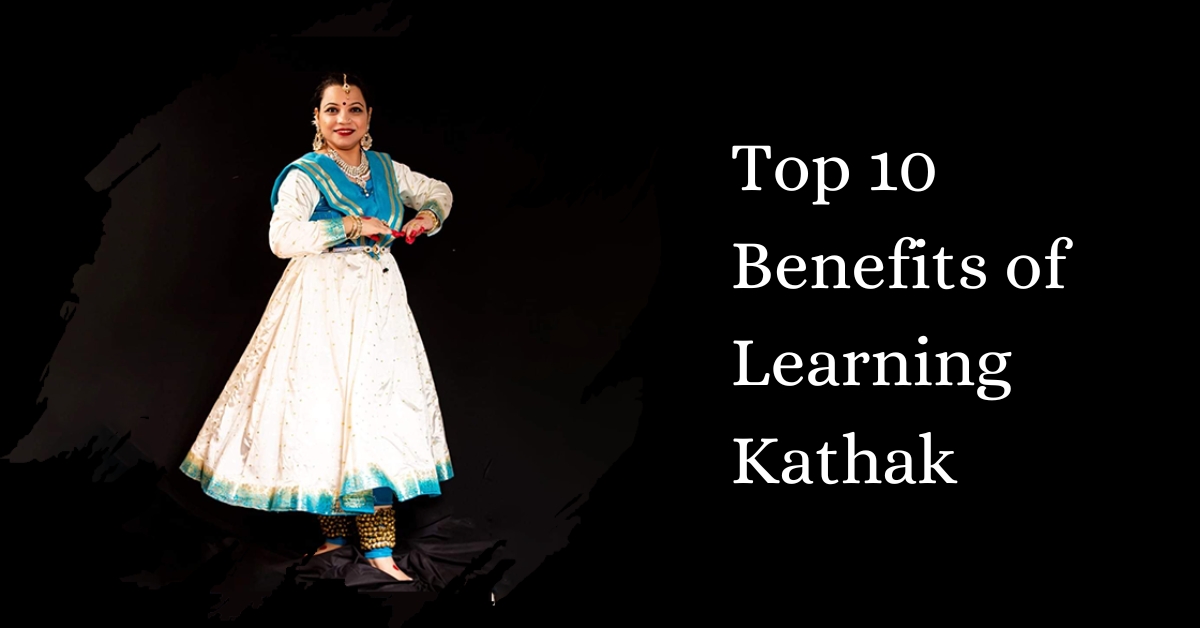Kathak : The Art of Storytelling Through Dance
Kathak, a classical Indian dance form, is more than just graceful movements and rhythmic footwork. It’s a vibrant narrative tradition—a powerful vehicle for storytelling woven with intricate technique and profound emotional expression. Originating in North India, Kathak, derived from the Sanskrit word “Katha” meaning “story,” continues to mesmerize audiences worldwide.
A Journey Through Time
Origins of Kathak
The roots of Kathak trace back to the wandering bards or Kathakars of ancient India. These storytellers narrated mythological tales and epics through song, mime, and dance in temple courtyards. Over time, they developed a sophisticated vocabulary of gestures, facial expressions, and rhythmic patterns, gradually evolving Kathak into a classical dance form.
Mughal Influence and Gharanas
During the Mughal era, Kathak found its place in royal courts, absorbing Persian dance and musical elements. This cultural fusion led to the formation of distinct gharanas (schools), each with its unique style:
- Lucknow Gharana: Known for its grace, elegance, and emotive expression.
- Jaipur Gharana: Celebrated for intricate footwork and powerful rhythmic patterns.
- Varanasi & Raigarh Gharanas: Each contributing unique stylistic nuances.
The Language of Movement
Kathak’s strength lies in its rich vocabulary of movements and expressions, which include:
Tatkaar
The fundamental rhythmic footwork patterns, forming the backbone of the dance.
Toda and Tukda
Short, complex rhythmic compositions showcasing the dancer’s mastery over rhythm and footwork.
Chakkar
Graceful, spiraling turns adding dynamism and visual allure to the performance.
Hastak
Elegant hand gestures used to convey meaning, emotion, and depict characters.
Abhinaya
The art of expression, combining facial expressions, body language, and emotional portrayal.
Padhant
The recitation of rhythmic syllables (bols) by the dancer, often synchronized with instruments like the tabla or pakhawaj.
The Narrative Tapestry
At its core, Kathak is a storytelling art form. Dancers use movement, gestures, and expressions to breathe life into:
- Mythological tales, especially stories of Krishna and Radha.
- Social issues, historical narratives, and abstract concepts.
Through subtle facial nuances and gestures, dancers evoke a wide range of emotions—joy, love, sorrow, anger—drawing the audience into an immersive, participatory experience.
The Musical Accompaniment
Music is integral to Kathak, enhancing the dance’s emotional and rhythmic dimensions. Key instruments include:
- Tabla: Providing rhythmic foundation.
- Pakhawaj: Barrel-shaped drum used traditionally.
- Harmonium: Offering melodic support.
- Sitar or Sarangi: Adding melodic richness.
- Vocal Music: Narrating the story and amplifying emotional expression.
The dynamic interaction between dancer and musicians results in an engaging, ever-evolving performance.
Modern Interpretations
While deeply rooted in tradition, Kathak continually evolves. Contemporary dancers are:
- Exploring modern themes and social issues.
- Experimenting with fusion styles.
- Integrating technology and multimedia elements.
Despite these innovations, Kathak’s essence—the ability to tell stories through movement—remains unchanged, continuing to captivate audiences worldwide.
The Spiritual Dimension
For many practitioners, Kathak transcends art—it becomes a spiritual practice. The rigorous discipline and dedication are seen as a path to:
- Self-discovery and enlightenment.
- Inner peace and harmony through meditative rhythmic patterns.
Preserving a Legacy
Kathak thrives today due to the efforts of gurus and disciples preserving its legacy. Initiatives focus on:
- Documenting traditional techniques.
- Encouraging creative exploration and innovation.
- Promoting Kathak to newer generations.
Experiencing Kathak
Watching a Kathak performance is nothing short of transformative. The synergy of movement, music, and expression creates an unforgettable spectacle. Whether you’re a seasoned aficionado or a first-time viewer, Kathak has the power to:
- Move and inspire.
- Transport you to a different world.
- Celebrate the universal human experience.
In essence, Kathak is a timeless testament to the power of storytelling. It transcends language and culture, weaving intricate rhythms, graceful movements, and profound emotions into a shared experience between dancer, musician, and audience. Its legacy of beauty, grace, and expression continues to enchant generations, ensuring that the art of storytelling through dance endures. For those inspired to learn this captivating art form, some of the best Kathak dance classes in Dubai offer an excellent opportunity to immerse yourself in the tradition, master the techniques, and experience the joy of storytelling through dance firsthand.
Most Recent Posts
Category
Explore Our Services
Join our fun and engaging dance, music, and art classes for all ages!





